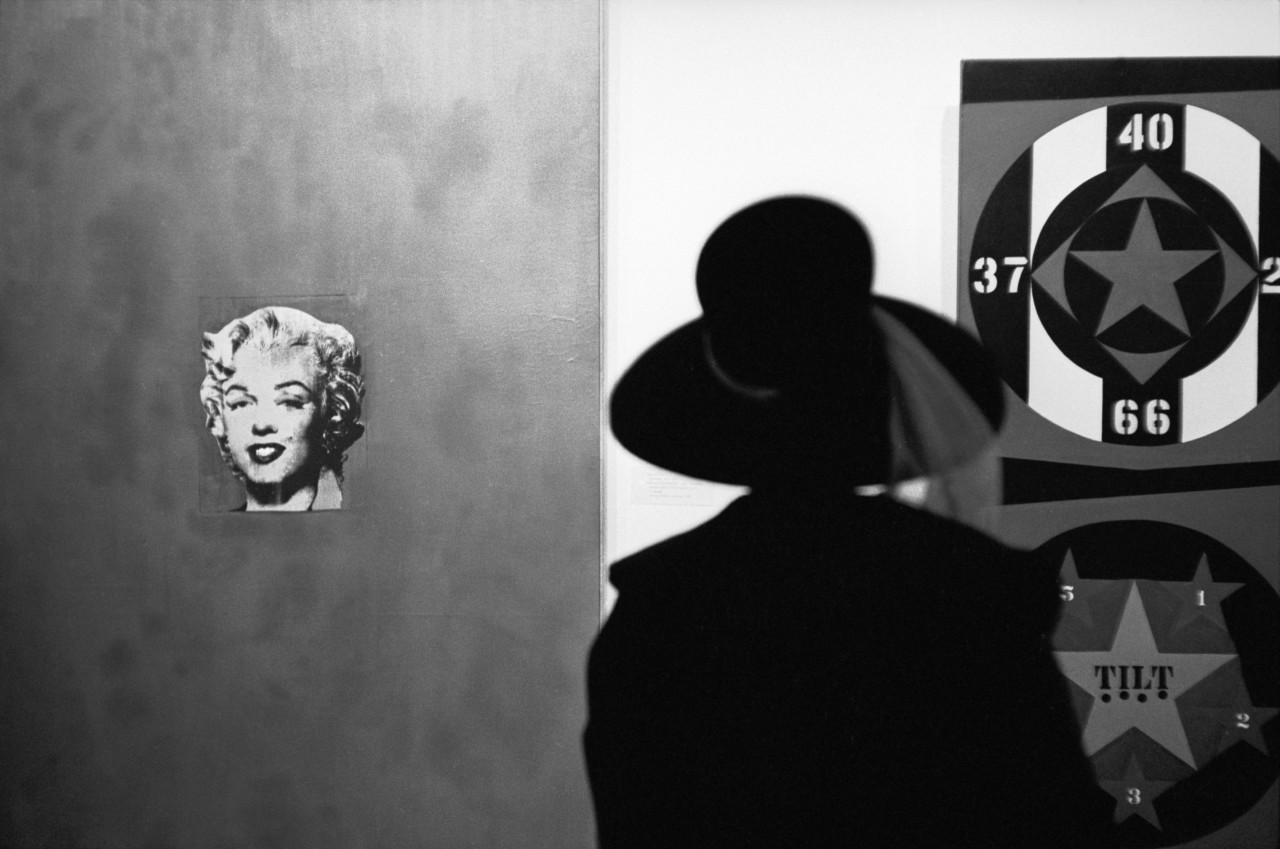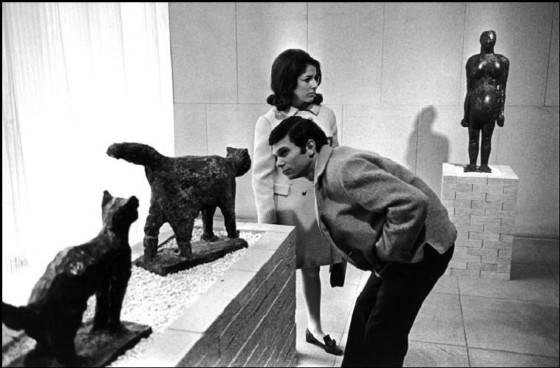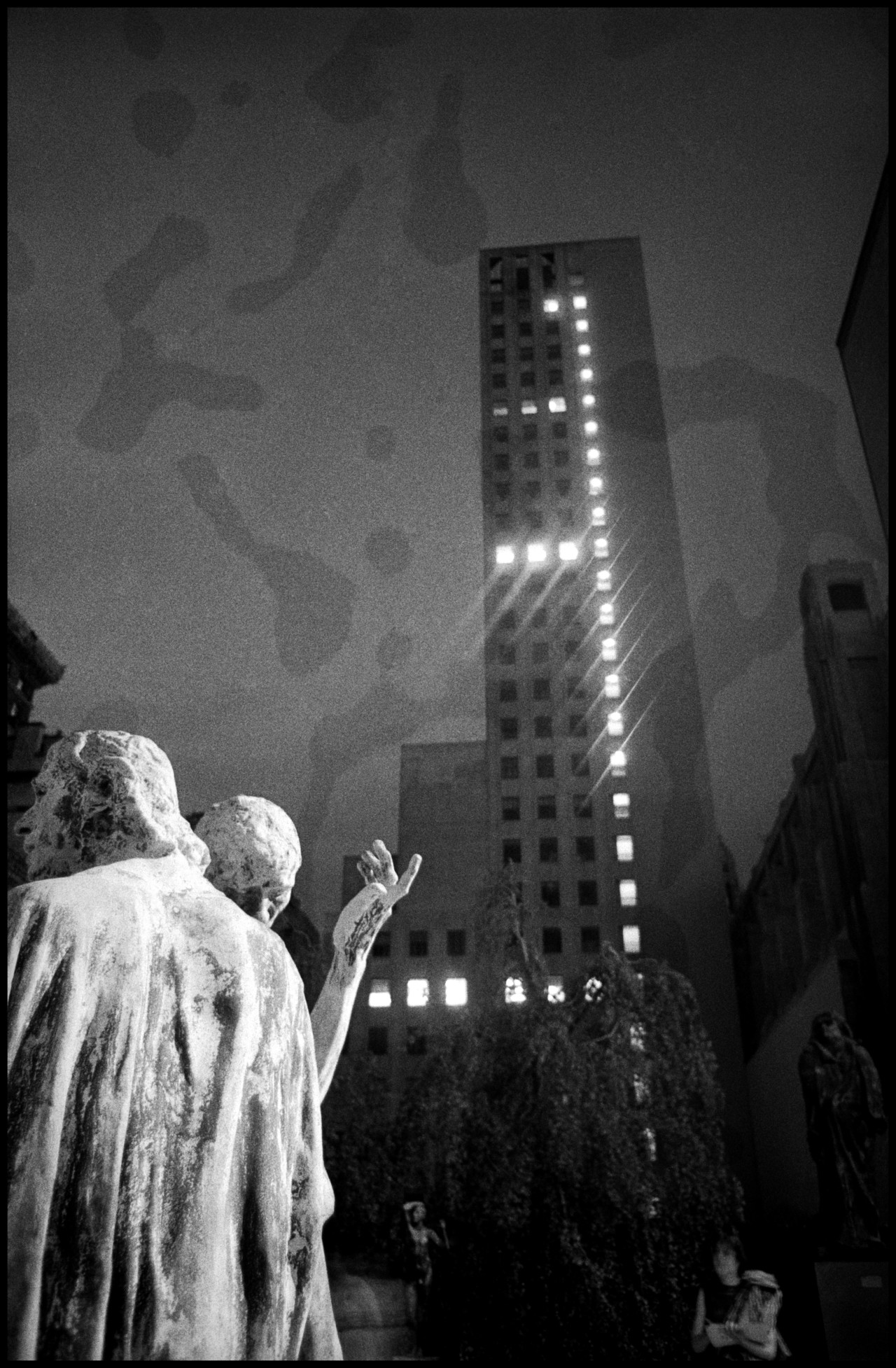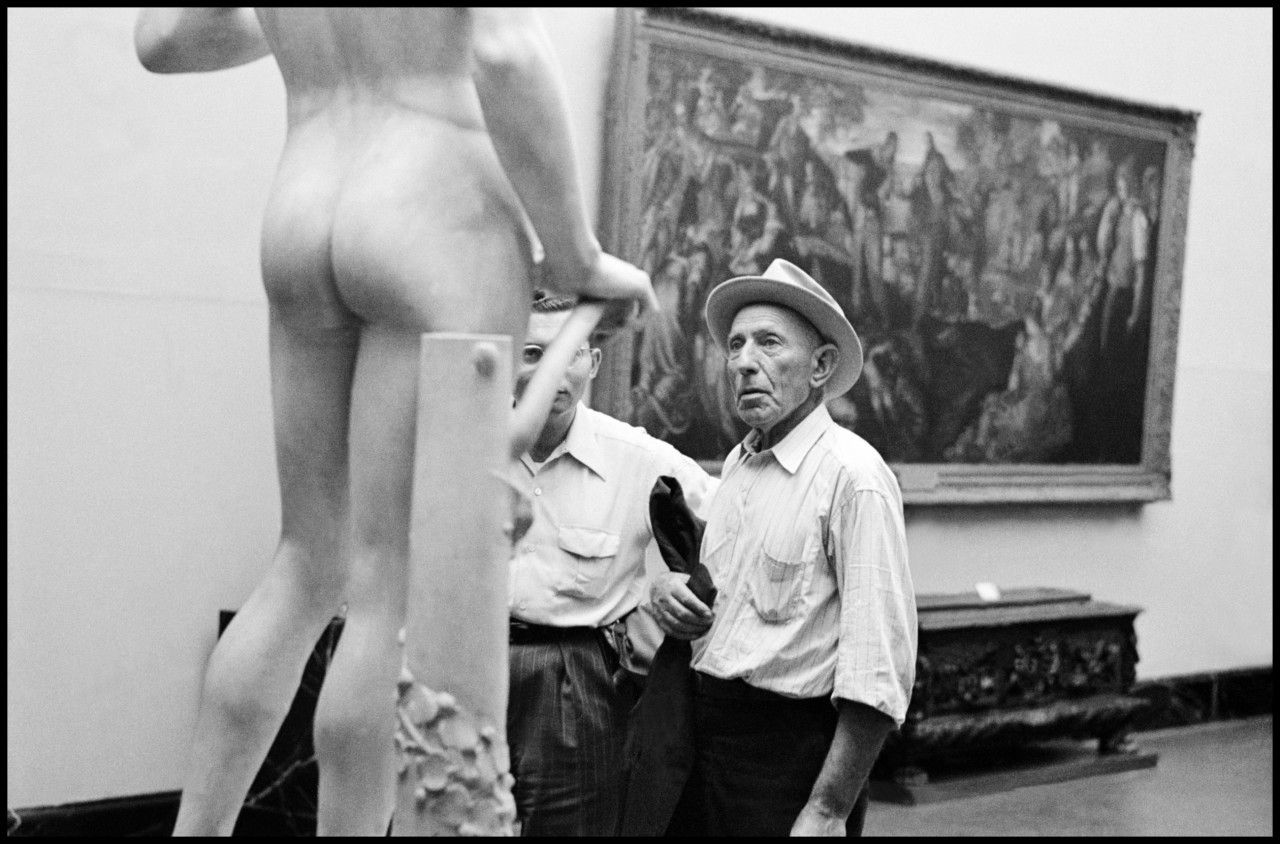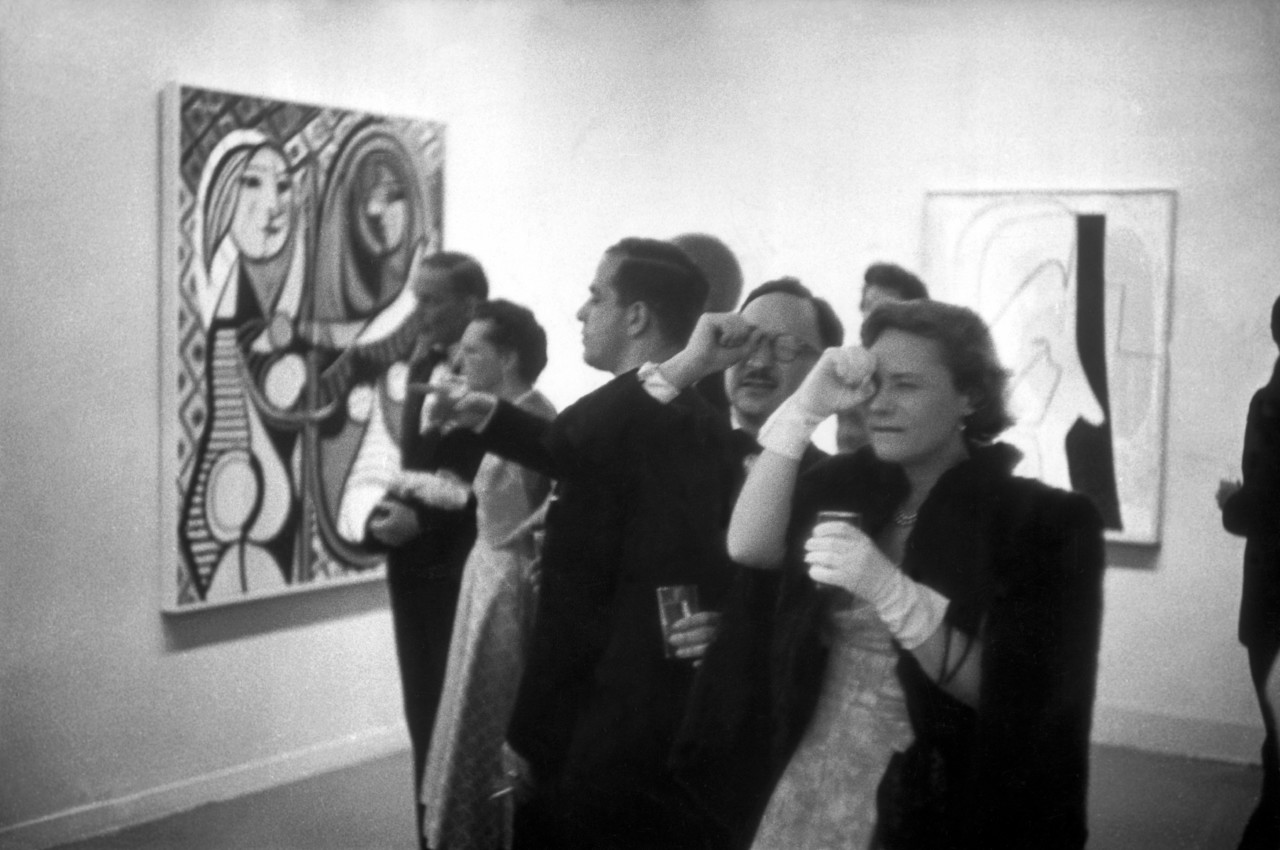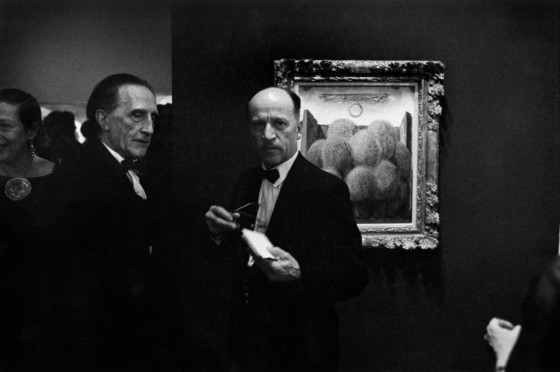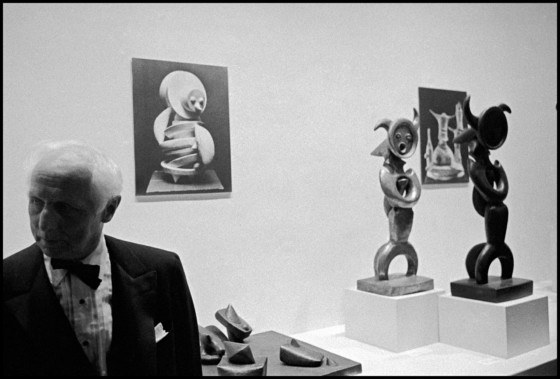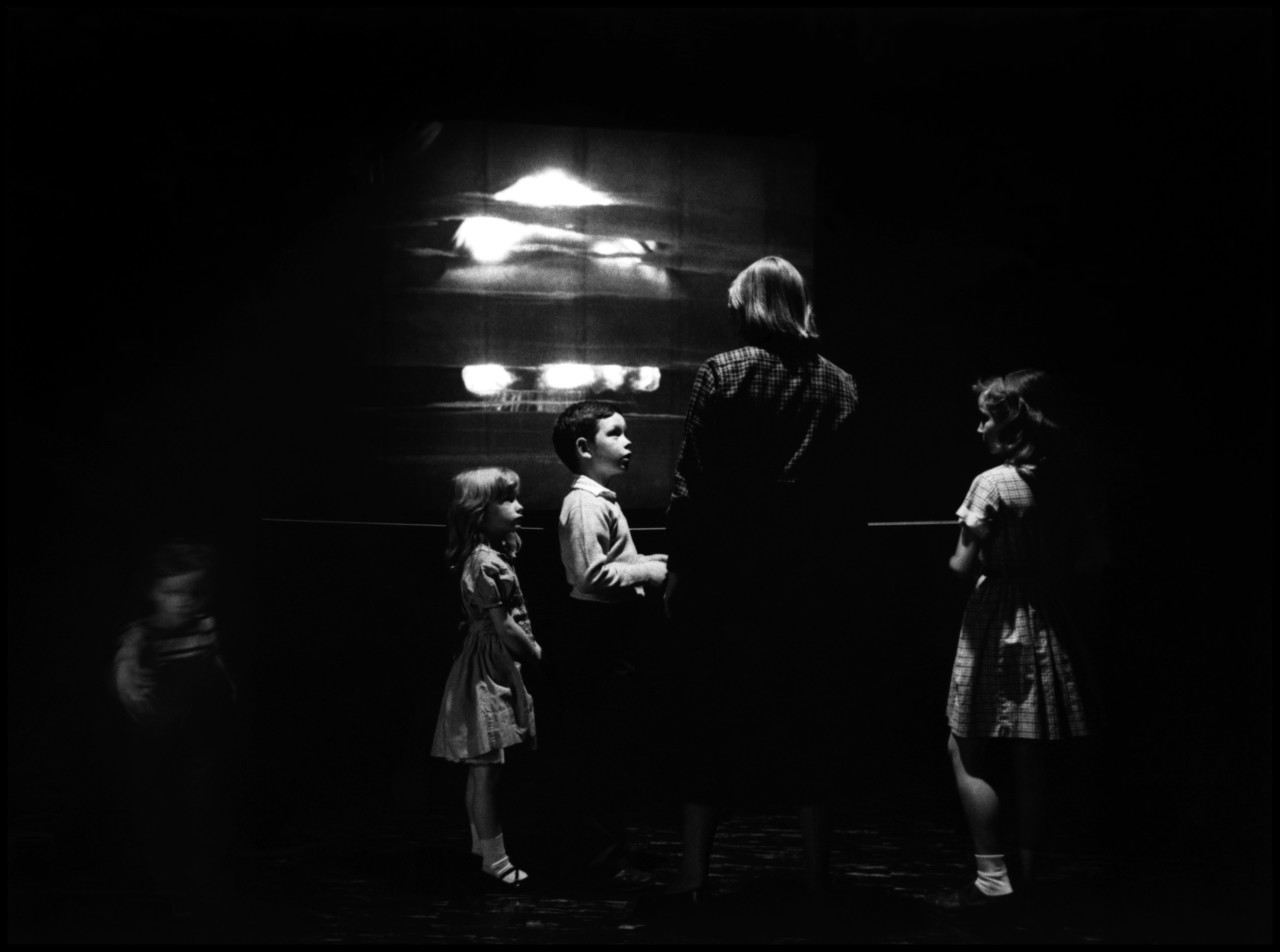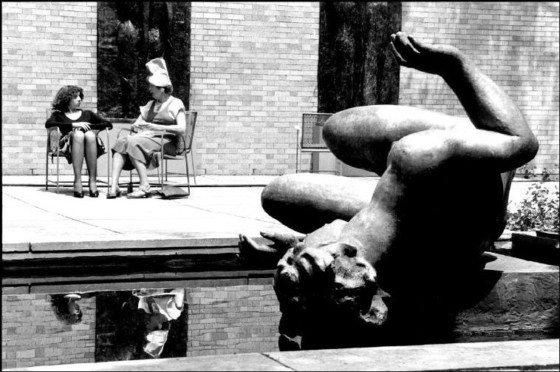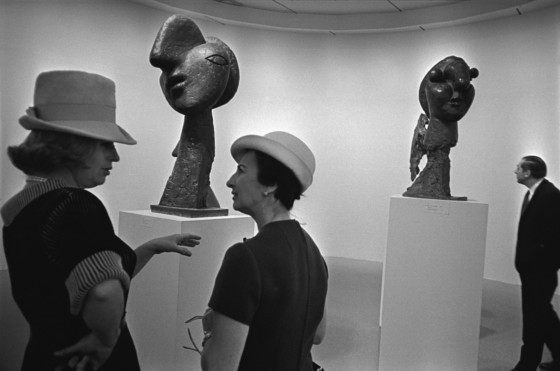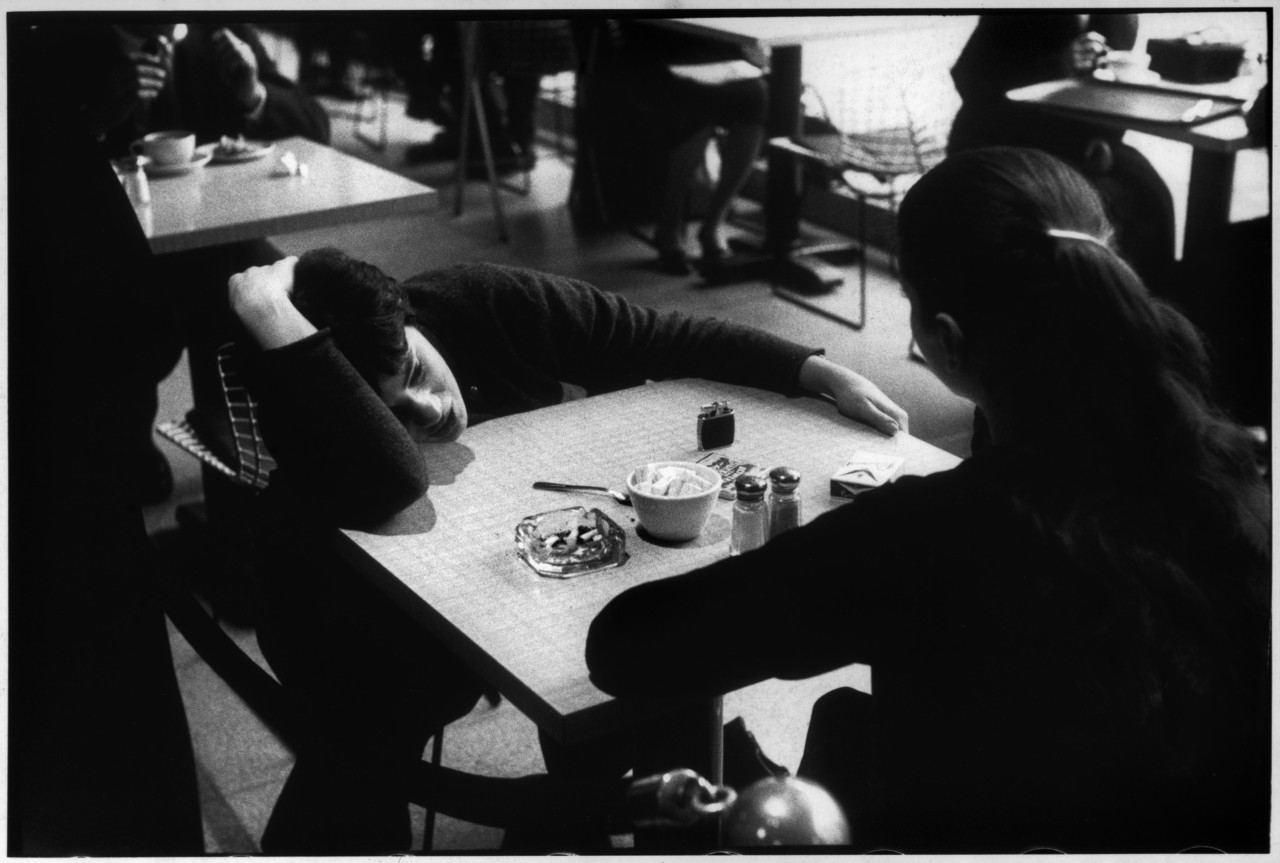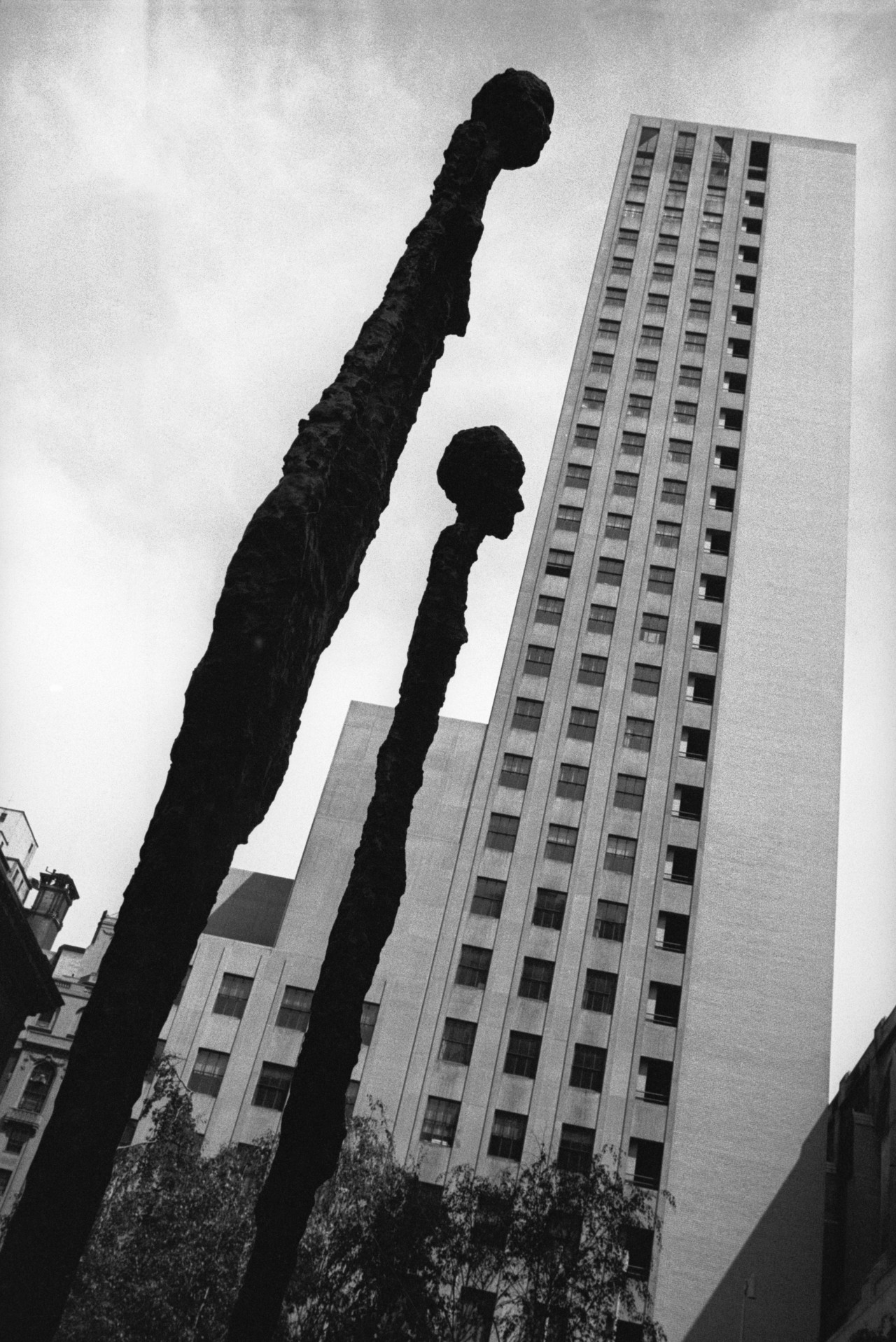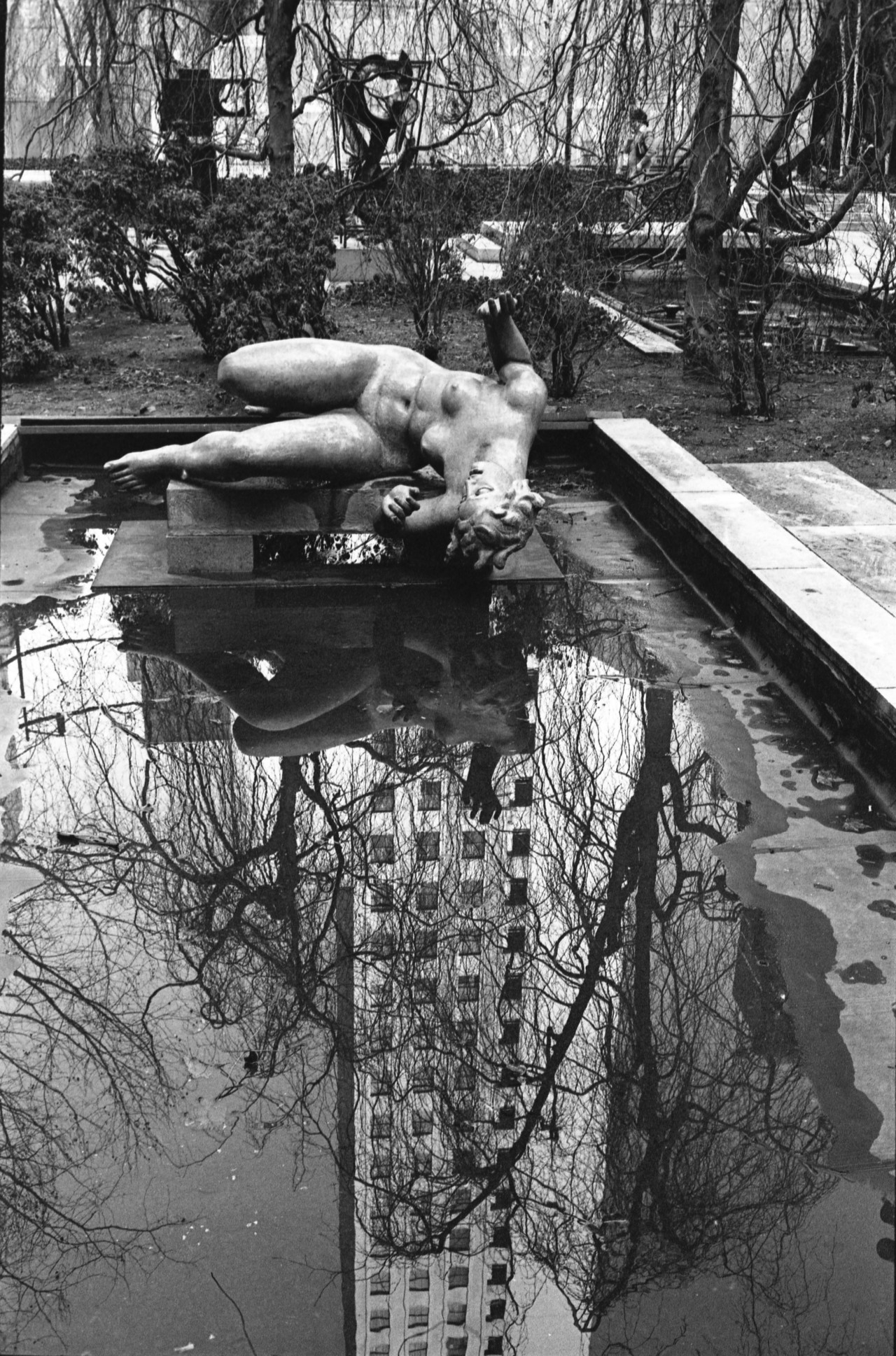What Makes a Museum?
As New York's MoMA reopens we look over Magnum photos made at the institution spanning more than seven decades
Rene Burri Portrait of Marilyn Monroe by Andy Warhol. MoMA (Museum of Modern Art). New York City. USA. 1959. © Rene Burri | Magnum Photos
License |
Erich Hartmann Rodin sculpture at the Museum of Modern Art. New York City. USA. 1963. © Erich Hartmann | Magnum Photos
License |
"It’s these kinds of interactions, between past and present, inanimate and animate, that remind us of the role of a museum in reflecting and reaffirming life"
-
Burt Glinn Museum of Modern Art. New York City. USA. 1949. © Burt Glinn | Magnum Photos
License |
Richard Kalvar In front of the Museum of Modern Art. New York City. USA. 1970. © Richard Kalvar | Magnum Photos
License |
"A lot is made of the works that hang in a museum – but what of the museum, its architecture, spaces and the visitors who activate it...?"
-
Eve Arnold Sylvana Mangano, actress, at the Museum of Modern Art. New York City. New York. USA. 1956. © Eve Arnold | Magnum Photos
License |
Eve Arnold Visitor at the Museum of Modern Art. New York City. USA. 1959. © Eve Arnold | Magnum Photos
License |
"The relationship between MoMA and its public is unique. An architectural and cultural landmark in Manhattan, it has been the place in which much of the city’s own art history has been made"
-
Henri Cartier-Bresson Picasso retrospective. MoMA. NYC. USA. 1957. © Henri Cartier-Bresson | Magnum Photos
License |
Henri Cartier-Bresson "The dance" by Henri Matisse, French painter. Manhattan. Museum of Modern Art. New York City. United States. © Henri Cartier-Bresson | Magnum Photos
License |
Martin Parr The queue for the Pierre Bonnard exhibition at MoMA. New York City. USA. 1998 © Martin Parr | Magnum Photos
License |
Wayne Miller Wayne Miller's wife and children in front of a picture of the H-Bomb, at the Family of Man Exhibitition (by Edward Steichen) at the Museum of Modern Art. The H-Bomb photograph was provided by the U (...)
License |
"Museums are made by the people who inhabit them"
-
Henri Cartier-Bresson Cafeteria. MoMA. Manhattan. NYC. USA. 1957. © Henri Cartier-Bresson | Magnum Photos
License |
Erich Hartmann Grace M. Mayer, curator of Photography for the Museum of Modern Art, at the Noguchi Museum. Queens, New York. USA. 1992. © Erich Hartmann | Magnum Photos
License |
"There are also those moments when a museum is empty – standing still and monumental..."
-
Martine Franck Garden of the Museum of Modern Art. New York City. USA. © Martine Franck | Magnum Photos
License |
Alex Webb Museum of Modern Art. New York City. USA. 2005. © Alex Webb | Magnum Photos
License |
Richard Kalvar Pieces in the sculpture garden. Alberto Giacometti exhibit at the Museum of Modern Art (MoMA). New York City. USA. 1966 © Richard Kalvar | Magnum Photos
License |
Micha Bar Am © Micha Bar Am | Magnum Photos
